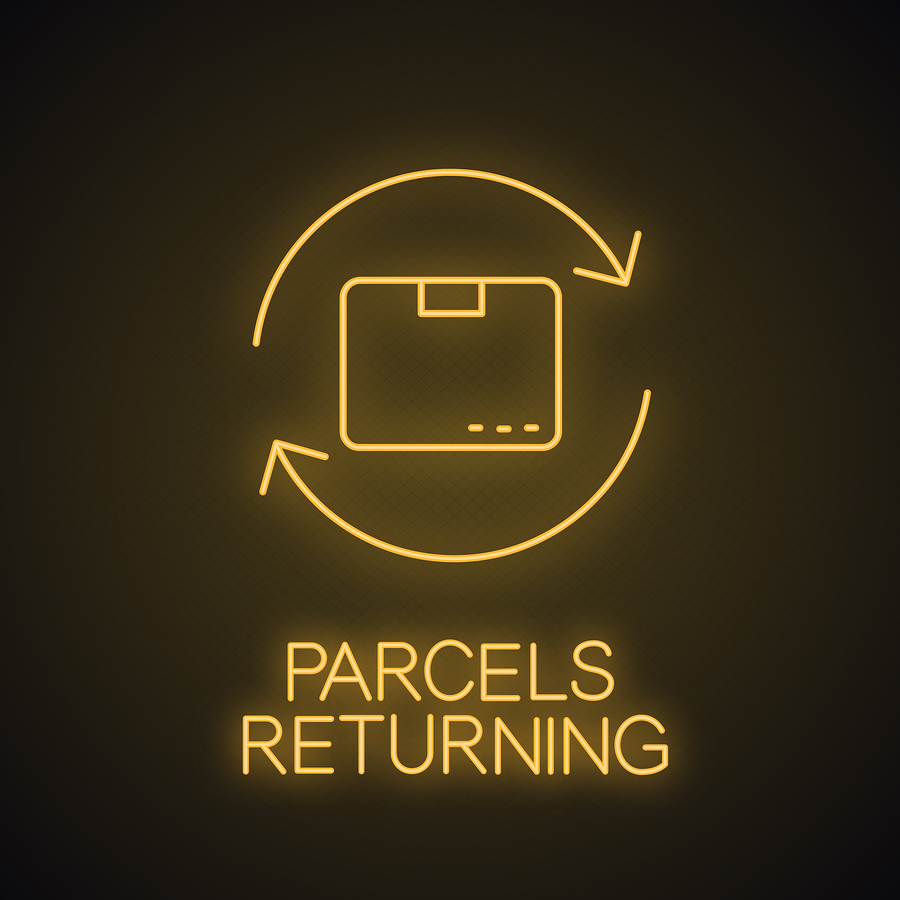For many companies, reverse logistics has become an integral part of their business plan, offering them the ability to maximize the efficiency of their operations. Generally, reverse logistics is defined as “the process of moving goods from their typical final destination for the purpose of capturing value, or proper disposal. Remanufacturing and refurbishing activities are also may be included in the definition of reverse logistics.” This allows companies more power in the use and dissemination of their products, thus improving their operations and customer service capabilities in the process.

Reverse logistics has become much more relevant in today’s age of green technology, as companies are more mindful of recycling and reuse practices when it comes to their products. The applications of reverse logistics are broad. Refurbishing services are only one of the many reasons a company would need to ship a product back to its source. In fact, the main function of reverse logistics has traditionally been in processing consumer returns of products, a practice that requires that product be returned to its origin or a designated returns center.
A Culture of Returns
As much as American consumers enjoy buying new goods, they also frequently return items they’ve bought, making it necessary for logistics managers to figure out the best way to get products back to the manufacturer. With the sheer amount of revenue lost by companies through return items, which has been estimated to be about $351 million, or 10% of total sales, reverse logistics has become a vital part of any company’s business plan. Many businesses integrate their reverse logistics into a strategy called Service Lifecycle Management (SLM). SLM aims to increase efficiency by coordinating customer data, including customer retention and return policies, and thus, harnessing the power of reverse logistics.
3pls Make Return Logistics Easier
Expak Logistics is a third-party logistics (3pl) company working on the industry’s cutting edge, helping retail businesses streamline their reverse logistics operations, controlling costs and creating a vastly more efficient operation in the process. Just over 15 years ago, only 45% of Fortune 500 companies were using 3pls to manage their freight operations, a number that has doubled to 90% as of 2017. There is no doubt in what direction the industry is going, and Expak Logistics is an integral part of a viable reverse logistics solution for your company.
How do 3pls make reverse logistics easier? For one there is the benefit of scalable resources a 3pl can offer when dealing with fluctuations in customer returns. With the staff and resources to handle unexpected increases in returns volume, customers rely on Expak to flex accordingly to get the job done.
Another great benefit is minimizing shipping costs. If your company isn’t experienced in negotiating the best rates for its reverse logistics needs, utilizing a 3pl can often lead to cost savings as they offer logistics expertise and a unique perspective on the rates and routing of returns.
A well-established 3pl offers facilities to store goods, as well as a sophisticated warehouse management system to track inventory and provide complete visibility to the supply chain throughout the returns process.
Who Will Benefit From Reverse Logistics?
Though both traditional brick-and-mortar retail operations and e-commerce businesses can benefit from a solid reverse logistics operation, e-commerce sites are positioned to benefit most from streamlining this part of their supply chain. The reason for this is purely based on the volume of returns an e-commerce site experiences; it can often be about three times that of a traditional retailer. Compare 30 percent of goods returned for e-commerce sites with 8.9 percent for brick-and-mortar locations. With the sheer amount of e-commerce options competing for customers’ eyes and loyalty, the ability to grab hold of and keep a customer is vital to surviving in the industry. Couple that with consumer trends of choosing businesses offering beneficial return policies over ones that don’t, and you’ve got significant pressure to create an efficient system that will be able to handle a vast amount of customer returns.
Ideally, a truly efficient reverse logistics system benefits everyone involved. A 3pl like Expak can help streamline this process allowing the consumer, the seller, and the distributor to come out satisfied on the other side. Considering the habit of returning goods won’t be going away anytime soon, plus the movement of consumers to e-commerce sites, it’s safe to say that reverse logistics will continue to play a vital role in business operations. By hiring a 3pl to manage this part of your supply chain, you ensure that the returns process will be extremely efficient, flexible, and cost effective. Reverse logistics is a critical component of any business entity and should be a primary consideration when evaluating your supply chain.

